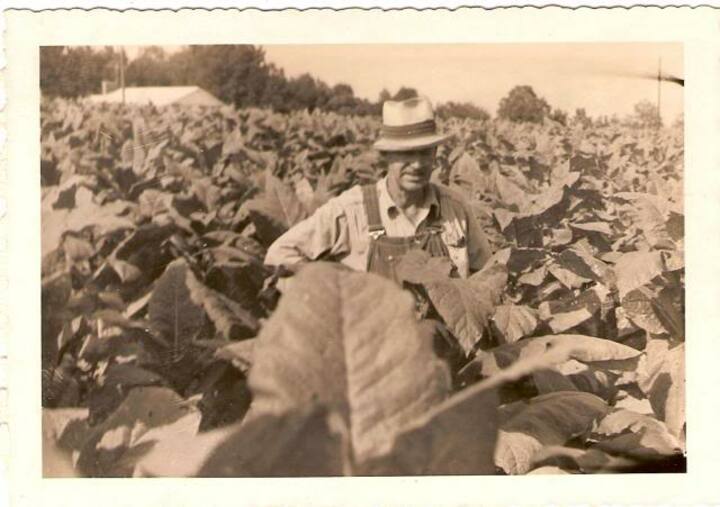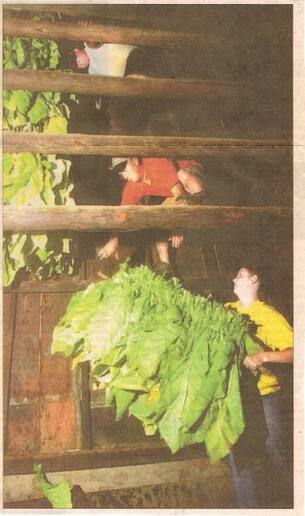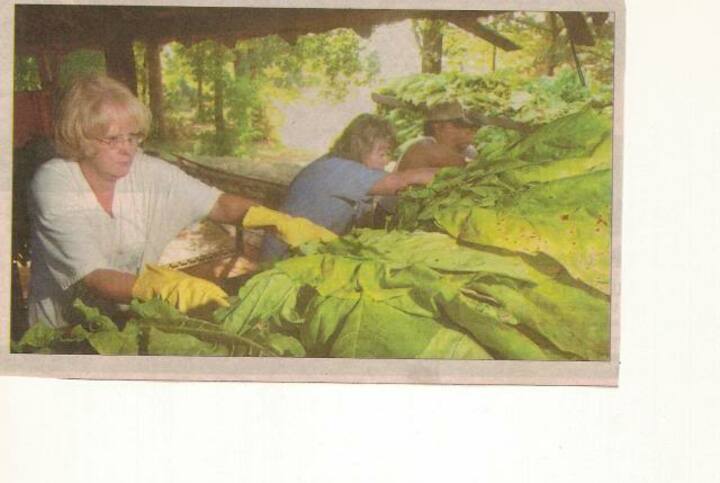crsutton81
Member
Today me and the family took a long needed vacation and went to the State Fair. A good time was had by all until our youngest son started feeling poorly. I snapped a few pictures along the way to share.
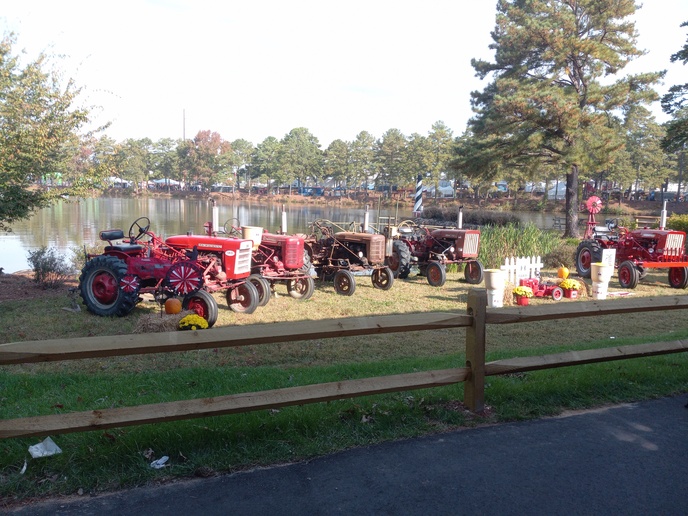
First up is the 1 row Farmall collection that the local Farmall Chapter 37 always puts together usually honoring the tobacco heritage. There surely wasn't as many antique tractors on display usual.
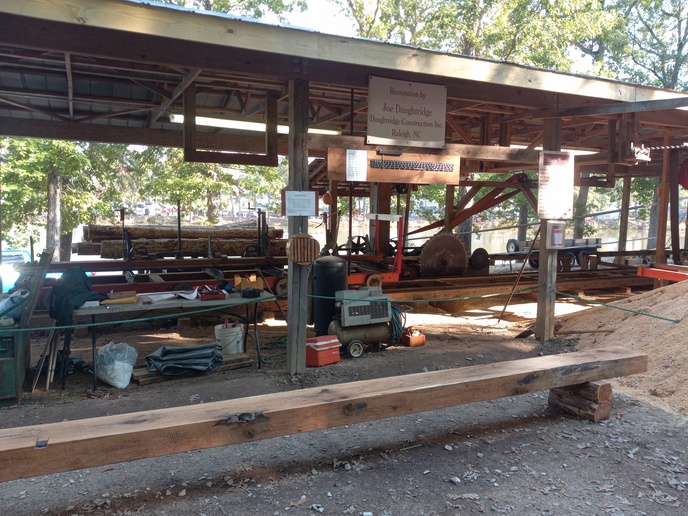
Picture posting isn't cooperating, so bear with me as I may have to make multiple posts. Next up is the sawmill for Richard G and other sawmill enthusiasts. They were powering it this year with a Frick steam engine fed off of the scraps. I have seen it ran from a Farmall M but not today.
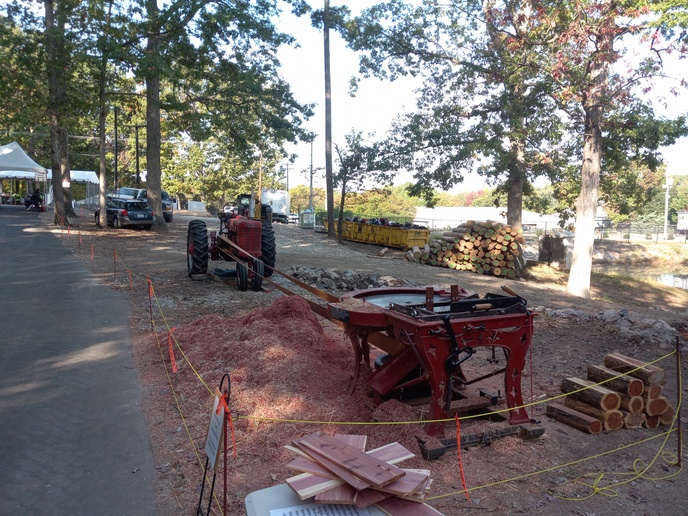
Next up is the shingle mill powered by a Farmall H I believe.
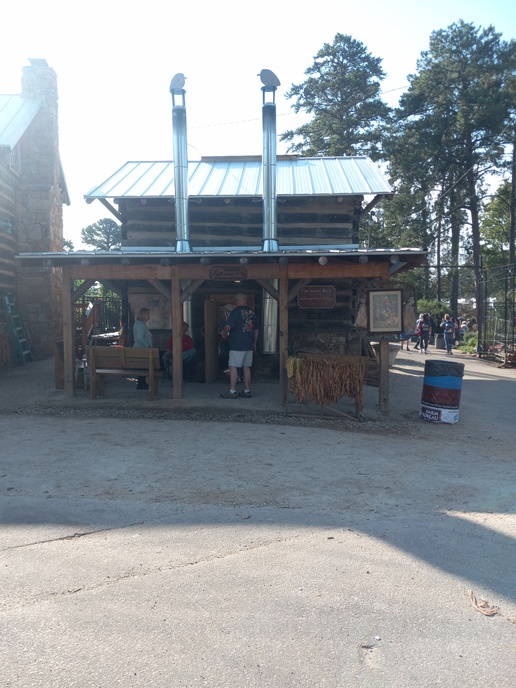
Next is the log tobacco curing barn. We were late in the season getting to the fair and they had already hung a barn and were a good ways along with the curing. As long as my own tobacco crop seemed this year, I think I'll pass on helping them take this barn out to get it baled, and prepped for sale delivery.
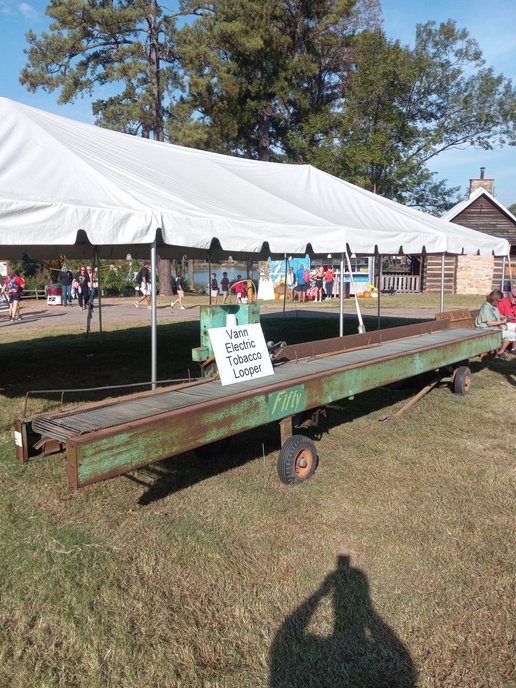
Jim in NC, you and Mrs Joanne evidently made quick work of getting that barn of baccer strung and hung. On top of that,any leftover messes were already cleaned up, as there wasn't a wasted leaf to be had. Lol. I hope one day we could meet there at the mechanical stringer and you could show me how it works. My tenure started in the bulk/rack barn days.
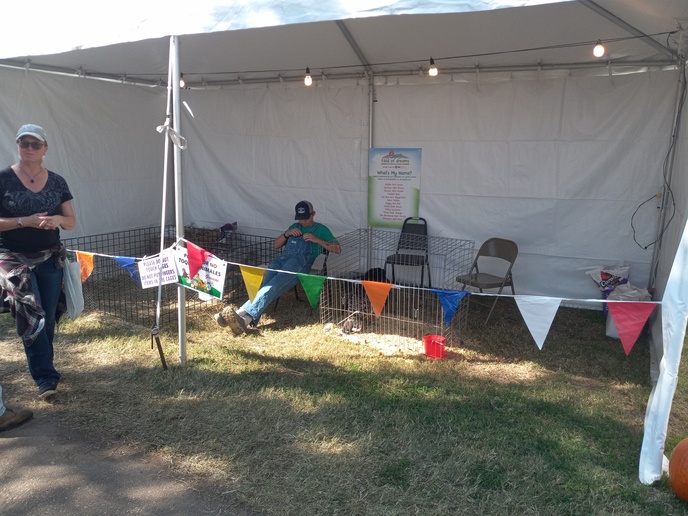
Next up is the reason for going besides escaping the farm as a family for a little mental therapy relief after finishing up getting most of the crops harvested. Our oldest son Grayson and his fellow FFA peers were in charge of managing the Field Of Dreams ag display booth. His job was to answer any questions about the animals at that particular exhibit. It's amazing to me how they can keep all of the crops in that display looking so good this late in the season. Larry on the Corner must be making frequent trips to help tend to and nourish them.
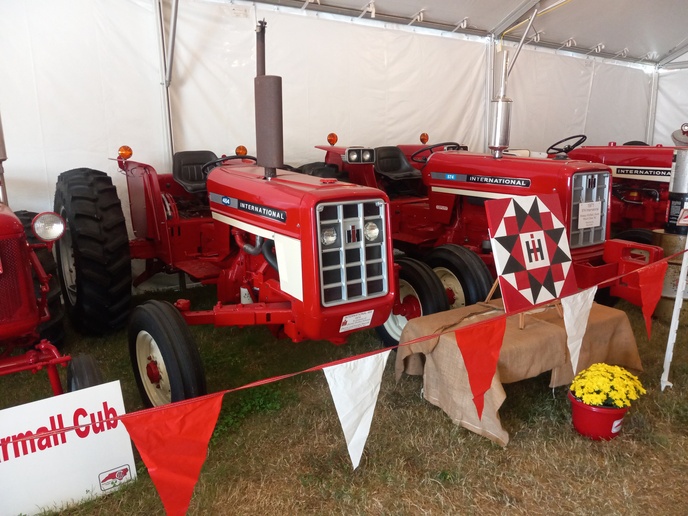
Being that we bleed red on this farm, we just had to stop and drool a bit at the IH tractor display tent. This 464 and 574 brought back memories from my youth. We used to have a 464 that we closed up to 50 inch wheel tread yearly to pull the baccer harvester with. Talk about a long, sleepy time, all summer, poking along in 1st gear low range all day, at 550 engine rpms. The only excitement was if someone disagreed with what happened on the soap opera at dinner time. Lol. We got er done tho. Times sure seem to be simpler back then.
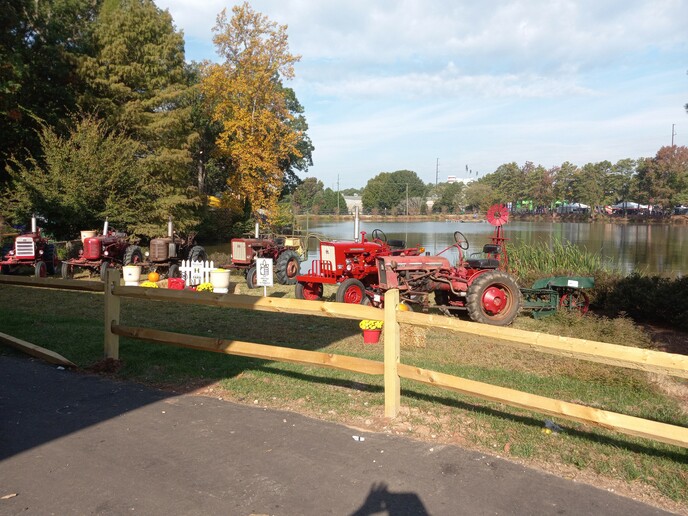
Well, I hope I didn't get too boring with this long post. I had intended to get a picture of a Cub Loboy that's painted pink for Grandpa Love, but little man's endurance level had fallen in the dumps by then and needed to come home. I could spend most of the day there just looking at the old tractors.
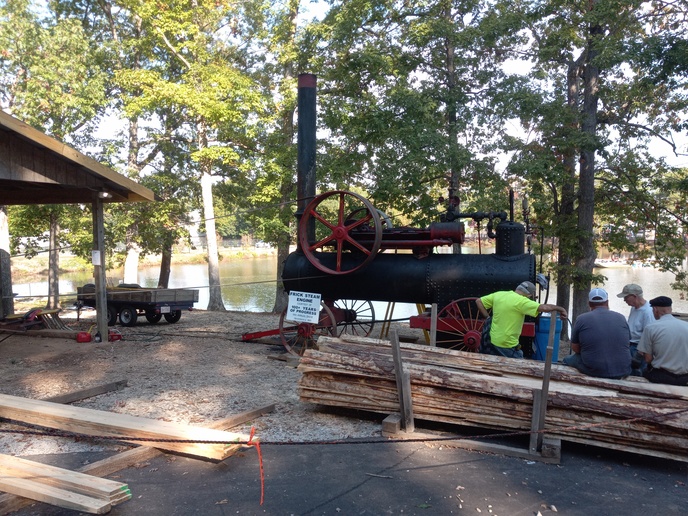

First up is the 1 row Farmall collection that the local Farmall Chapter 37 always puts together usually honoring the tobacco heritage. There surely wasn't as many antique tractors on display usual.

Picture posting isn't cooperating, so bear with me as I may have to make multiple posts. Next up is the sawmill for Richard G and other sawmill enthusiasts. They were powering it this year with a Frick steam engine fed off of the scraps. I have seen it ran from a Farmall M but not today.

Next up is the shingle mill powered by a Farmall H I believe.

Next is the log tobacco curing barn. We were late in the season getting to the fair and they had already hung a barn and were a good ways along with the curing. As long as my own tobacco crop seemed this year, I think I'll pass on helping them take this barn out to get it baled, and prepped for sale delivery.

Jim in NC, you and Mrs Joanne evidently made quick work of getting that barn of baccer strung and hung. On top of that,any leftover messes were already cleaned up, as there wasn't a wasted leaf to be had. Lol. I hope one day we could meet there at the mechanical stringer and you could show me how it works. My tenure started in the bulk/rack barn days.

Next up is the reason for going besides escaping the farm as a family for a little mental therapy relief after finishing up getting most of the crops harvested. Our oldest son Grayson and his fellow FFA peers were in charge of managing the Field Of Dreams ag display booth. His job was to answer any questions about the animals at that particular exhibit. It's amazing to me how they can keep all of the crops in that display looking so good this late in the season. Larry on the Corner must be making frequent trips to help tend to and nourish them.

Being that we bleed red on this farm, we just had to stop and drool a bit at the IH tractor display tent. This 464 and 574 brought back memories from my youth. We used to have a 464 that we closed up to 50 inch wheel tread yearly to pull the baccer harvester with. Talk about a long, sleepy time, all summer, poking along in 1st gear low range all day, at 550 engine rpms. The only excitement was if someone disagreed with what happened on the soap opera at dinner time. Lol. We got er done tho. Times sure seem to be simpler back then.

Well, I hope I didn't get too boring with this long post. I had intended to get a picture of a Cub Loboy that's painted pink for Grandpa Love, but little man's endurance level had fallen in the dumps by then and needed to come home. I could spend most of the day there just looking at the old tractors.



